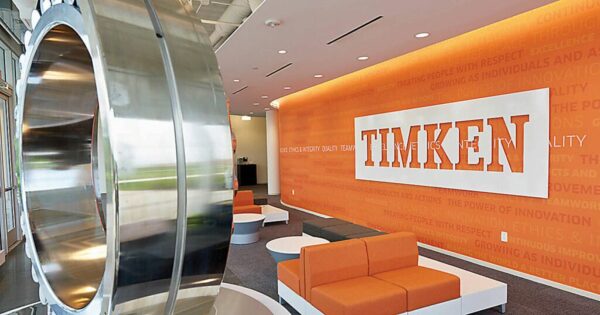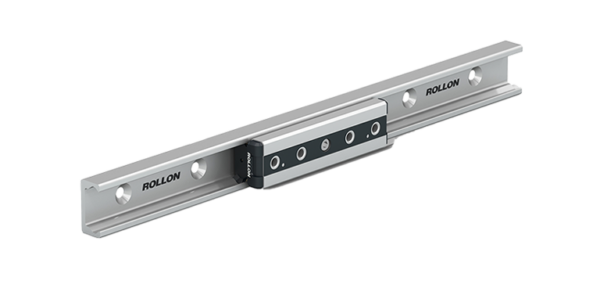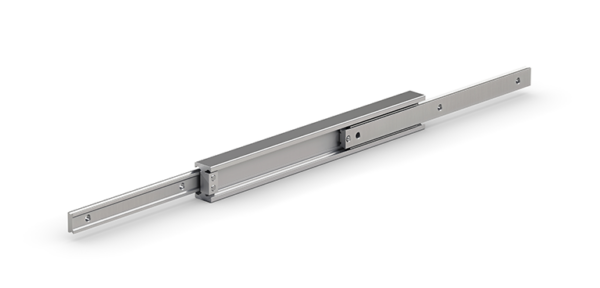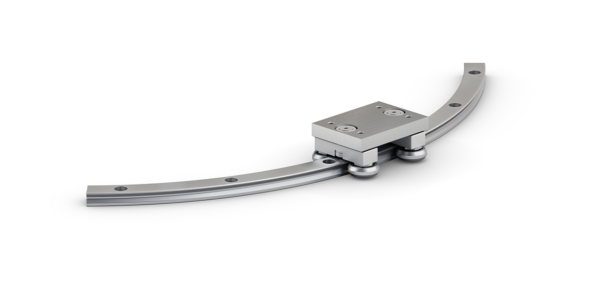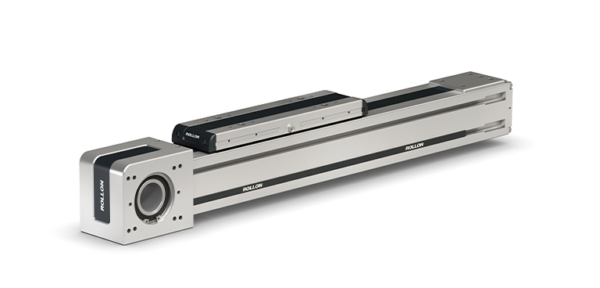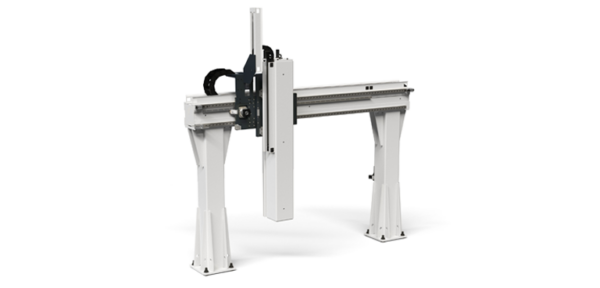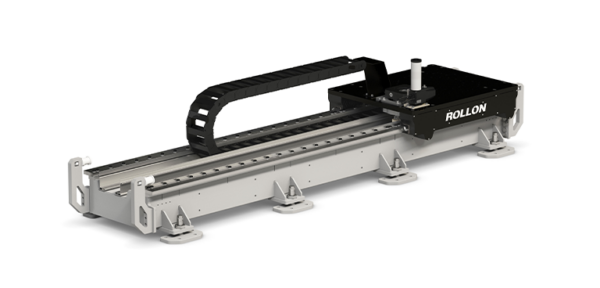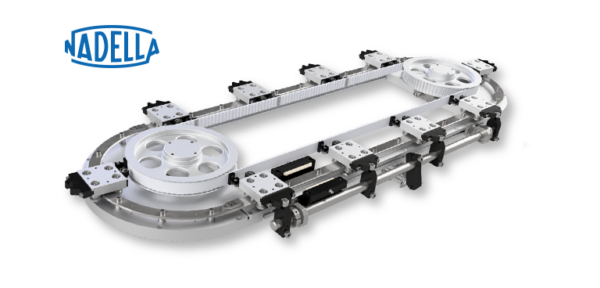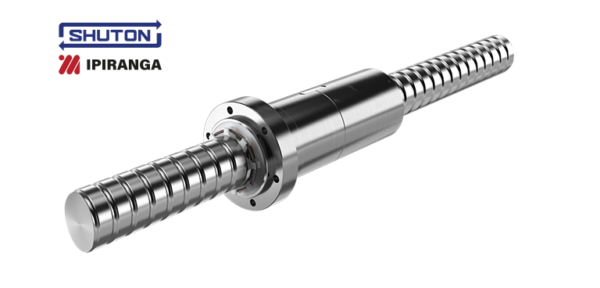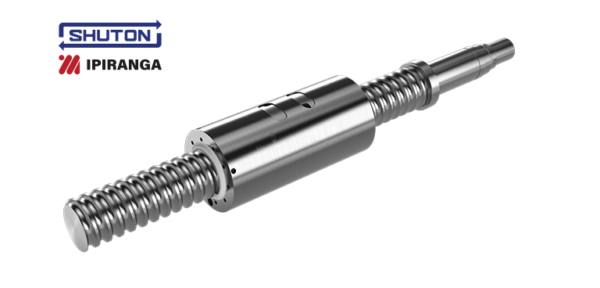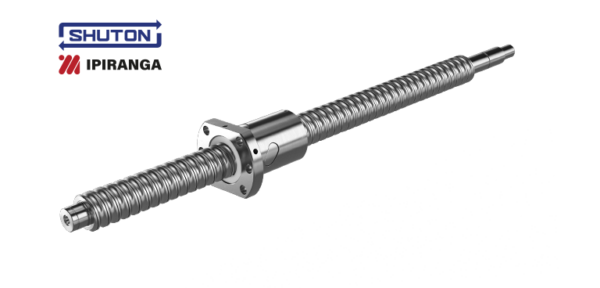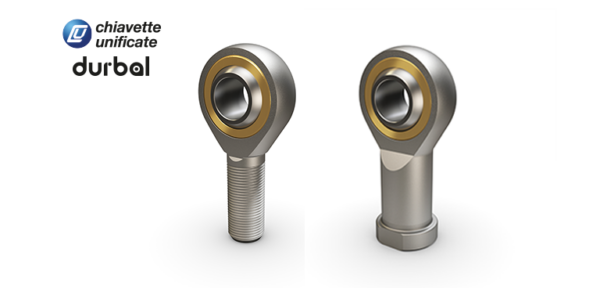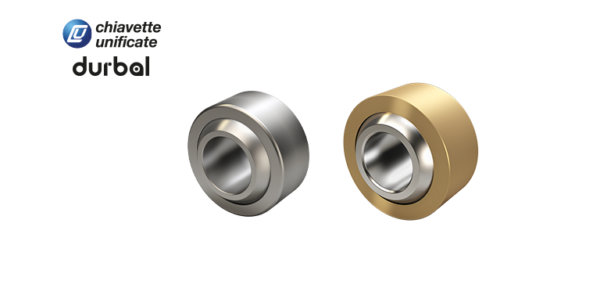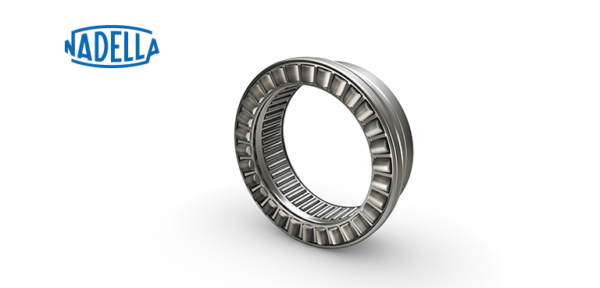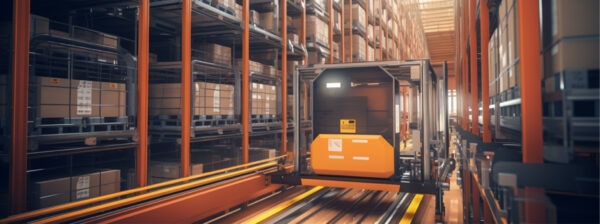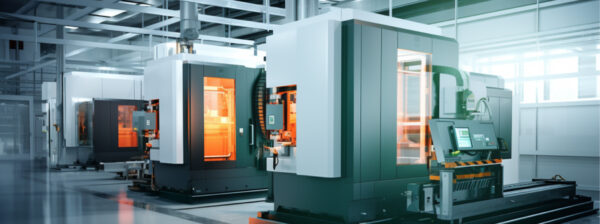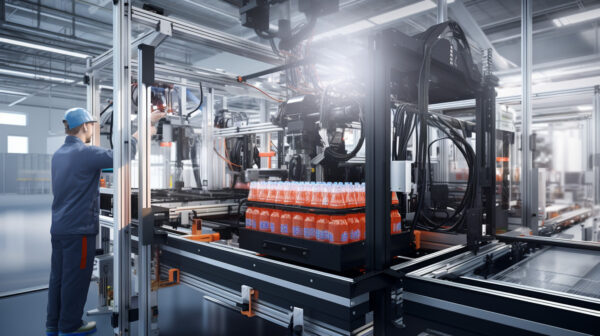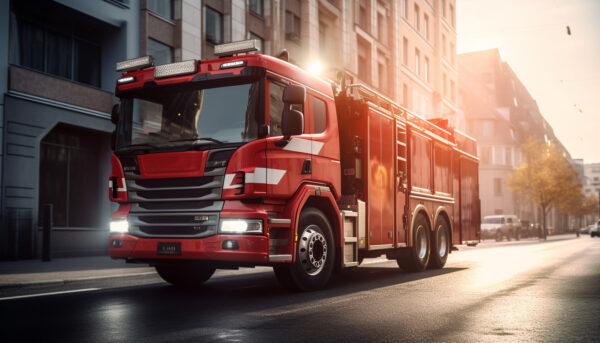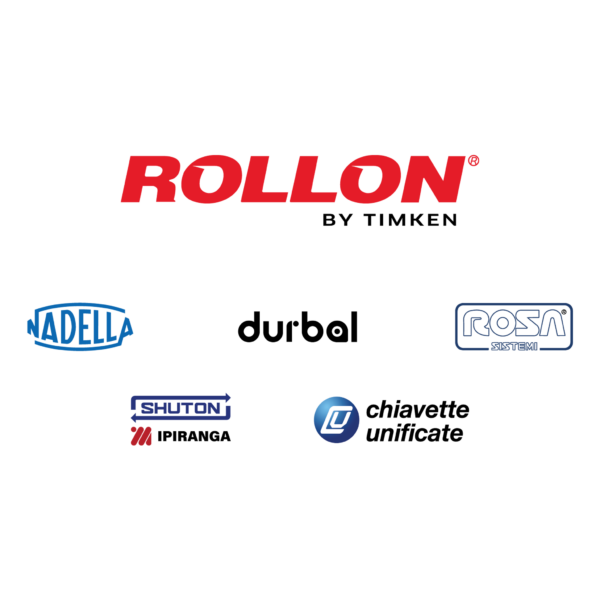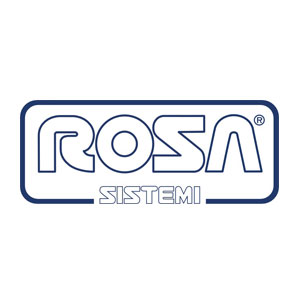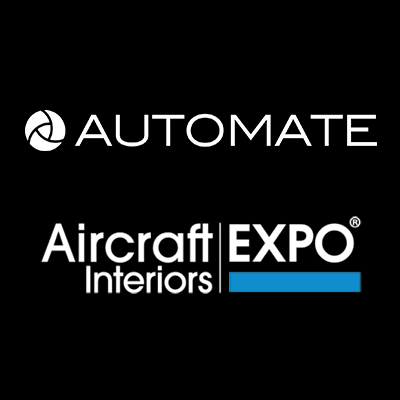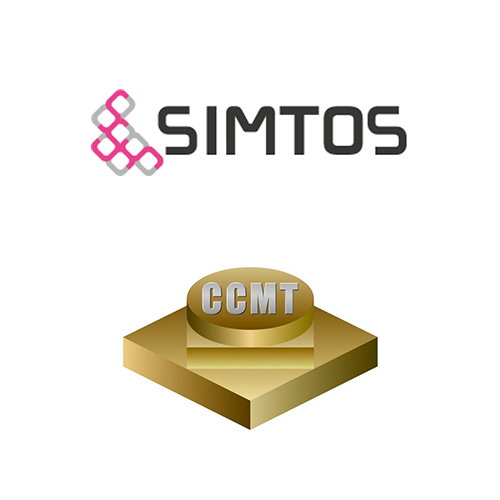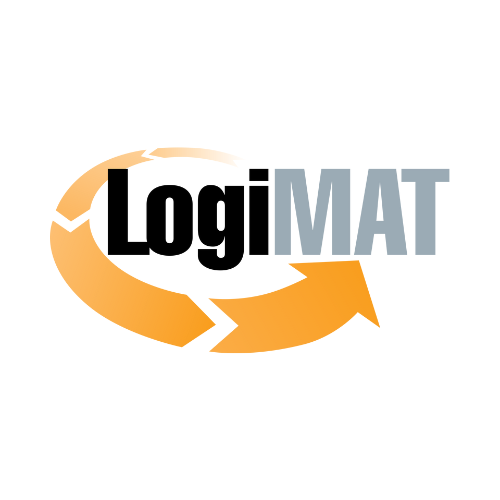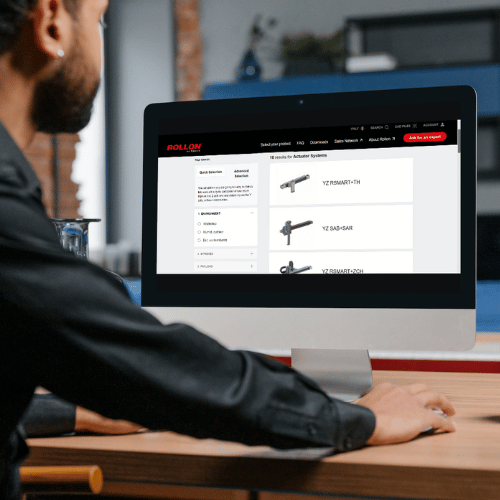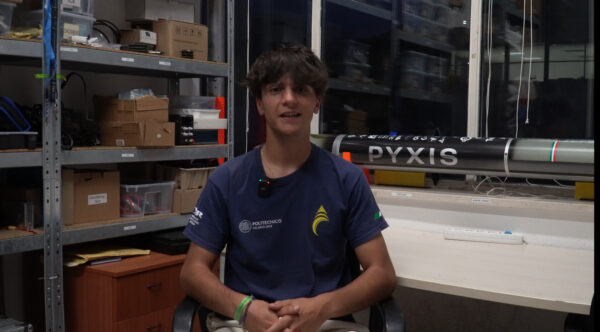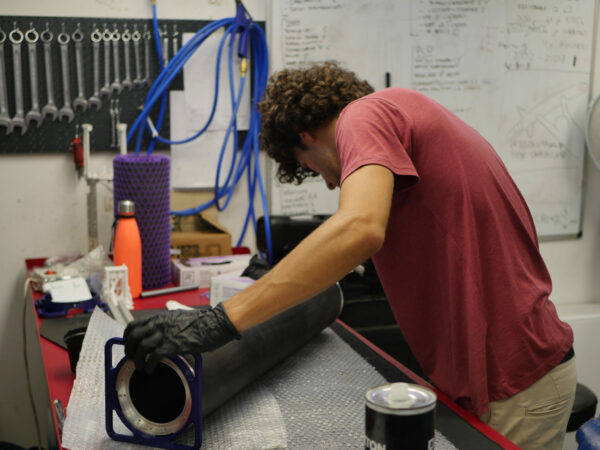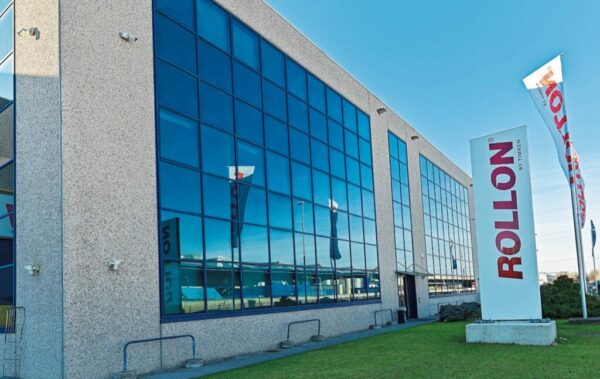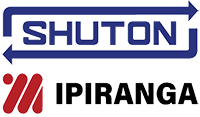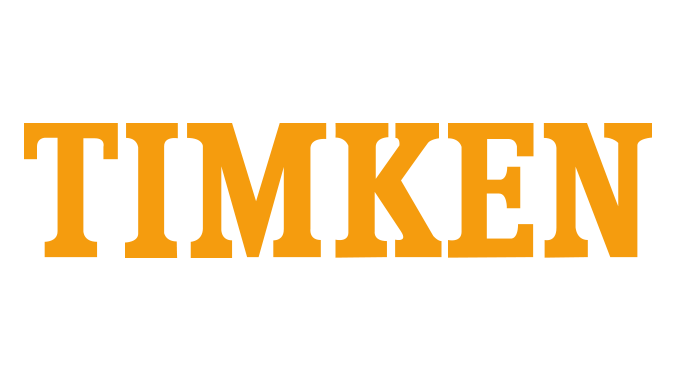To get the longest working life out of a linear bearing you must keep it clean and well lubricated but in the real world of round-the-clock, high-cycle manufacturing operations, bearings do get dirty and dry. And when either of these conditions happens, linear bearings will wear prematurely. In the worst case scenarios, contamination and inadequate lubrication can create metal-on-metal contact between the bearing’s rolling elements and raceway. This can cause excessive wear in the form of denting, pitting or galling results. This warning about contaminants and the importance of lubrication will not come as news to anyone who has designed or worked around industrial machines. When using linear guides on medical, food, packaging, semiconductor or other sensitive equipment, machine builders often take extraordinary measures to keep the contaminants out and the oil in. They may add expensive bellows to cover the guides, or they may opt for a pricey automatic greasing system. Yet in their zeal to keep linear motion systems running smoothly, machine builders can overlook less expensive design solutions to contamination and lubrication issues.
COMBATING CONTAMINATION
Contamination comes in many forms, some more aggressive than others. Metal chips from machining operations, for example, qualify as one of the biggest offenders from a wear perspective. Silicon dust produced during semiconductor manufacturing can also be tough on linear bearing surfaces. Modern manufacturing processes can throw off a long list of other abrasive, wearinducing contaminants. Less aggressive contaminants can pose problems too. Even soft contaminants such as those found in food processing can gum up linear bearings. This kind of debris is not necessarily a wear issue, but it can keep the linear motion systems from functioning smoothly. Consequently this can have a negative impact on positioning accuracy and product quality. If a linear bearing gets gummed up to the point it stops working, then there are also potential maintenance and downtime costs. Keep in mind, too, that contamination is a two-way street. In addition to worrying about contamination from the product interfering with the linear motion system, machine builders also worry about stray lubrication or particulate from the linear bearing contaminating the product. This type of machine-to-product contamination is a cause for concern in contamination-sensitive industries such as medical, semiconductor and electronics. To combat contamination, machine builders will often supplement the linear bearing’s built-in seals with bellows or other types of covers. Though these can substantially add cost to a machine and add to the maintenance burden, they do have their place. Some clean-room environments, for example, may require some physical barrier between the product and the machine elements. And inside machining centers, it is crucial to physically protect any motion systems from metal chips. But there are many less severe contamination scenarios. And in these cases, machine builders should consider bearing styles that are less affected by contamination and less prone to generate any of their own. Bearings with large, sealed rolling elements fall into this category.
With conventional linear guides, the tiny recirculating balls in a raceway have very little clearance. So even a relatively small pieces of debris can interfere with the balls. Bearings based on larger diameter rollers, by contrast, can roll right over even relatively large contaminants. Rollon’s Compact Rail system, for example, is built around rollers that are from 14 to 50 millimeters in diameter. These linear bearings can roll over all kinds of contaminants that can stop smaller rolling elements dead in their tracks including metal chips, plastic particulate, paper dust and more. Large rollers are also more damage tolerant than smaller rolling elements. Even if a contaminant does happen to mar the roller or the rail surfaces, the large rolling element can usually keep on running.
WELL-OILED MACHINES
Lubrication problems are often described in terms of not enough grease or oil. And sometimes that is the case as lubrication leaches out or is squeezed out of linear bearings, leaving them susceptible to metal-on-metal wear. There is a flip side to the lubrication issue too. Maintenance workers, with grease guns in hand, often over-lubricate linear bearings, potentially blowing out seals and introducing oil into environment. And keep in mind that lubrication also qualifies as a contaminant. So over-lubed bearings can also worsen contamination problem or force machine builders to opt for bellows or physical covers. Getting just the right amount of lube into a linear bearing at the right interval can be tricky because it depends on application-specific factors such as the type of bearing and the duty cycle.
The application’s sensitivity to oil contamination comes into play too with sensitive industries demanding lighter lubrication schedules. There are ways to make sure linear bearings stay properly lubricated throughout with little intervention on the part of maintenance workers. On the expensive end of the system are expensive automatic greasing systems. These systems are a legacy of the linear way systems used in the machine tool industry. The auto-greaser was crucial for maintaining the film of oil that separate a linear way’s bearing surfaces. Some of these expensive auto-lubrication systems have made their way into applications that employ more modern linear guides, and they can be a valid way to get the lube levels right while reducing the maintenance burden. But aside from their cost, auto-greasing systems can introduce unacceptable levels of contaminant into the factory environment which, again, will create problems is an issue in clean-room and other sensitive manufacturing operations. A lower-cost, cleaner alternative to automated lubrication exists in the form of self-lubricating wipers that integrate into the linear bearing’s carriage. Rollon, for example, has an optional self-lubricating wipers on its Compact Rail system.
These provide lubrication for 2 million cycles before they need to be refreshed, and they cost a fraction of what PLC-controlled auto-greasing systems cost. The very idea automatic lubrication is the only way to achieve optimal lubrication is somewhat outdated. Some linear guides, such as those based on recirculating balls, do require regular lubrication in all applications. But bearings based on sealed rolling elements may not need much, or any, external lubrication at all in many applications. With Compact Rail, the roller acts as a true sealed bearing. Its ball bearings, raceway, and their lubricant are contained inside the outside housing of the roller. The need to add lubricant between the roller and the profiled rail thus becomes less important or even unnecessary in light duty applications. This capability makes a big difference in contamination-sensitive applications industries that would normally resort to expensive bellows or covers to keep stray oil off their shop floors, out of their air and off their products.


